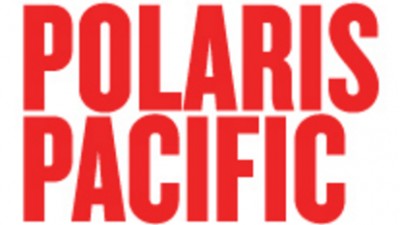Restaurants, Renaissance, Right-Sizing And Renewed Parental Support Are 4 Forces Shaping Arizona

Arizona is transforming with the proliferation of walkable, urban, community-oriented spaces. It reflects a focus on placemaking, integrating experiential retail and entertainment options into mixed-use that appeals to both millennials and retiring baby boomers. We caught up with Crel Vogel with Polaris Pacific, who is responsible for sales at Optima Kierland, to learn about the four most prominent forces shaping the local landscape.
1. Restaurants
Downtown Phoenix’s reputation as a burgeoning culinary hot spot is growing.
“It’s turning into a foodie town with great pockets of restaurants emphasizing hyperlocally sourced, organic ingredients,” Vogel said.
He has watched a number of innovative concepts arrive, sparking diner interest, especially among millennials, and encouraging other creative chefs to target Phoenix as their next location.
“Both the Seventh Street Corridor and the Central Corridor have added a number of funky and interesting restaurants in the last few years,” Vogel said.
Rather than crowd out established restaurants, Vogel believes the new ones will complement them by filling in demand gaps.
“We had the Chicago deep-dish pizza institution Lou Malnati’s open with great success and sports fan appeal. With the addition of Federal Pizza, Blaze and some terrific upscale Italian dining destinations, the options have multiplied,” Vogel said.
2. Renaissance
Both a catalyst for and product of the above trend, Downtown Phoenix is booming.
With the light rail connecting the area to the University of Arizona and Arizona State University’s campuses, developers are tailoring new construction to entice college students.
“There’s this whole experiential movement permeating the restaurant and bar scene. Incorporating them, along with shops and boutiques, right into mixed-use projects has taken seed and started to blossom,” Vogel said.
New residential developments tend to be highly amenitized, with a number of community-oriented features like co-working space, ample common areas, green space and generous pool and fitness center areas.
An example is Optima Kierland, a collection of four luxury residential towers in Scottsdale, where Polaris Pacific leads sales and marketing. Optima Kierland features expansive community spaces, including a sky deck, sculpture gardens and a rooftop pool.
3. Right-Sizing
All that extra amenity space takes up precious square footage, causing the footprint of residences to shrink.
“In Scottsdale, it’s the empty nesters making a lifestyle adjustment from 6, 7, 8K SF homes to ones less than half the size,” Vogel said. “Many have a second, larger home in Flagstaff or a home on the West Coast, and they split their time between the two.”
Although willing to sacrifice square footage, buyers will not compromise on finishes and appliances, according to Vogel, demanding the newest and best.
4. Renewed support
As the economy improves and Phoenix’s real estate prices continue to rise, Vogel sees affluent parents increasingly willing to help their children with down payments.
“Often, the next generation have jobs that don’t allow them to come up with all the money required, so the parents will put up most or all of the down payment,” Vogel said.
He perceives millenials that purchase in Scottsdale instead of Phoenix as slightly more financially independent, with only a small percentage requiring help with financing.
“Lenders are coming up with financial products to help parents do this, allowing them to contribute a bigger gift,” Vogel said.
To learn more about this Bisnow content sponsor, click here.

